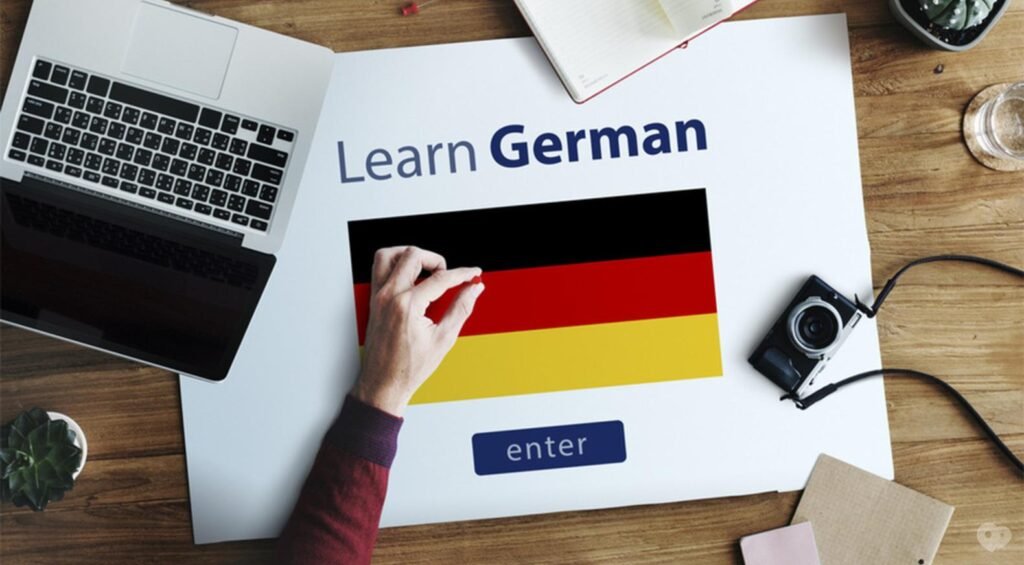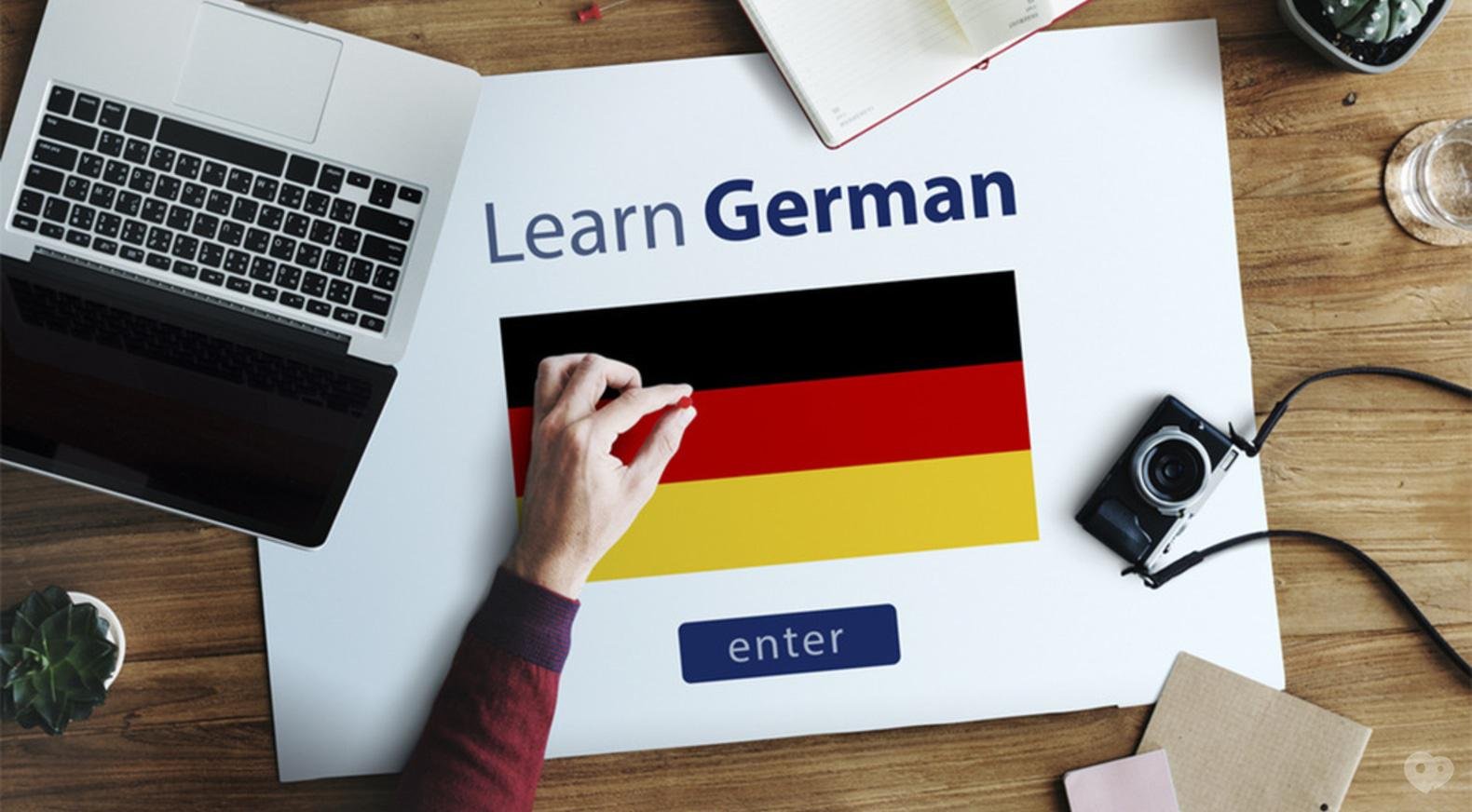Localization Beyond Language in Spanish and German Markets

When companies enter new countries, they often think about changing only the words. But real localization means more than just that. It means shaping every part of the brand to fit the people it wants to reach.
Spain and Germany may be close on a map, but the way people shop, read, and interact with digital tools is very different. If a company wants to win trust in these places, it must pay attention to these small, local habits.
With help from a good Spanish translation company, many brands are already doing this the right way. They look beyond simple word swaps. They make sure their style, layout, and content feel like home to local users.
Why Design Must Feel Local
Layout Preferences Vary
Spanish websites often feel open, colorful, and easygoing. Big pictures, smooth menus, and friendly phrases help keep visitors around. German websites, however, often focus more on function. Clear lines, strong fonts, and a well-organized layout give a sense of trust.
A website that looks great in Spain might feel too flashy in Germany. And a clean German layout might feel boring to a Spanish user. Brands need to build two different versions to match both styles.
Buttons, Colors, and Icons
Colors carry feelings. In Spain, warm colors like red and orange work well. These show energy and joy. In Germany, cooler tones like blue and grey build trust.
Icons also matter. In Spain, users are used to friendly shapes and symbols. A playful arrow or smiling icon feels fine. German users often prefer straight lines and plain designs. A fun symbol may feel childish or wrong.
Even the way a button looks, its shape or shadow, can impact how it is used. A good local design matches these small details.
Images That Connect with Culture
People and Places in Visuals
Photos must reflect the people you want to reach. In Spain, sunny scenes, street life, and group settings feel real. In Germany, simple scenes with clean backgrounds are more common.
Using real people who look like locals is key. A picture of a German family in a Spanish ad won’t connect well. Spanish users want faces they relate to. The same goes the other way around.
Food, Clothes, and Products
In Spain, food is a social joy. Sharing meals matters. Ads often show people enjoying snacks together. German ads focus more on quality and function. A product’s features might get more attention than group scenes.
Also, what people wear in photos must look right. Using winter clothes in a Spanish summer ad creates confusion. It shows that the brand didn’t try hard enough to understand the place.
Dates, Numbers, and Symbols
Writing Dates the Right Way
In Spain, people write the date like this: day/month/year. In Germany, it’s the same. But how the date is said or shown still varies by context.
A small mistake like using a U.S.-style format (month/day/year) can cause major confusion. It might even make someone leave the page.
Decimal Points and Commas
Prices and amounts are written differently. Spain and Germany both use commas to show small units, like €3,50 for three euros and fifty cents. But in some places, people expect a dot instead.
A dot in the wrong place might look like a bigger number. This could confuse buyers or make them feel unsure. Always follow the local number rules to avoid this.
Legal Terms and Trust Signals
Privacy and Cookies
In Germany, users care deeply about privacy. The law requires clear cookie warnings and strong data rules. A good website must show that it protects user info.
Spain also has rules but the tone is often softer. Still, clear language about data use is a must. Long legal words don’t help. A short note in plain local words builds trust faster.
Local Contact Info
A phone number with a foreign code may worry some users. They wonder if help will be in their language. Showing a local office, address, or number eases these worries.
For German users, quick answers and clear terms matter. In Spain, friendly help and open hours win trust. Offering support that fits each style makes customers stay longer.
Payment Methods That Make Sense
What People Use
Spanish users like paying with cards, bank links, and sometimes cash on delivery. German users often use bank transfers, PayPal, or invoice payments.
If a checkout page shows only one method, buyers may leave. A page that shows all common local options feels safe and easy.
Currency and Price Labels
Price must be shown in euros. But how it’s displayed matters too. “€10.00” feels clear in Germany. In Spain, “10 €” is often used.
Even this small change shows users that you care. It makes your offer feel more honest and close to home.
Tone of Voice in Marketing
Germany: Formal, Clear, Direct
Germans like polite and simple words. They want to know what the product does, how it works, and why it’s worth the price. Over-promising sounds fake. Direct facts build trust.
Good German language translation services make sure every message sounds just right. They avoid slang and jokes that might feel out of place.
Spain: Warm, Cheerful, Engaging
Spaniards enjoy messages that feel warm and real. Ads with a friendly tone and a touch of humor work well. A little charm goes a long way.
But too much fluff or wordplay can hurt the message. Keeping it light but clear is the key. Local teams help strike this balance.
Holidays and Local Events
Promotions that Match the Calendar
Spain and Germany celebrate different things. A sale for the U.S. Fourth of July won’t mean much in Madrid or Berlin. But events like Spanish Easter or German Unity Day do.
Brands should plan special offers for these days. It shows that they understand the people and their lives.
Timing and Time Zones
Email blasts or app alerts must go out at the right time. Sending a morning message at 10 a.m. in the wrong time zone may mean it shows up in the middle of the night.
Also, shop hours in Spain are different. Many stores close in the afternoon and open again at night. This should be reflected in digital store hours too.
Conclusion
When entering Spain or Germany, changing words is only the first step. To win hearts, a brand must sound, look, and feel local. This means small design shifts, real photos, correct formats, and the right tone.
By paying attention to these local habits, a brand shows care. People notice. They feel welcome. And they stay loyal.
True localization is not about reaching more screens. It’s about reaching people where they are, and speaking their language in every sense.







